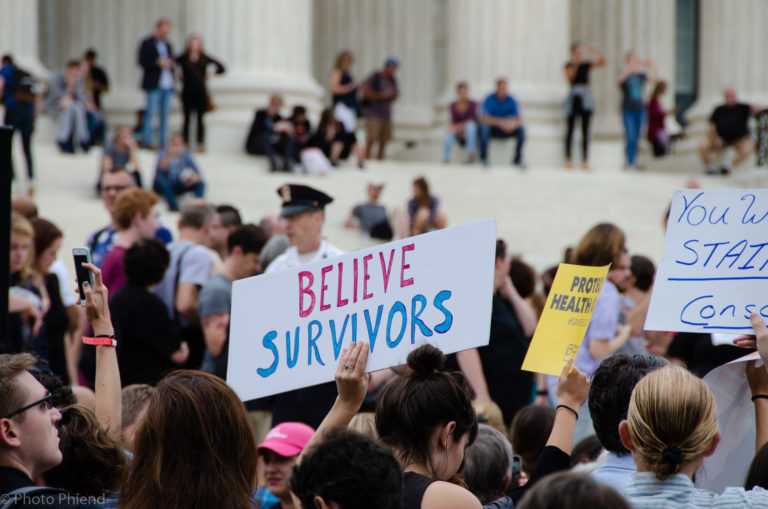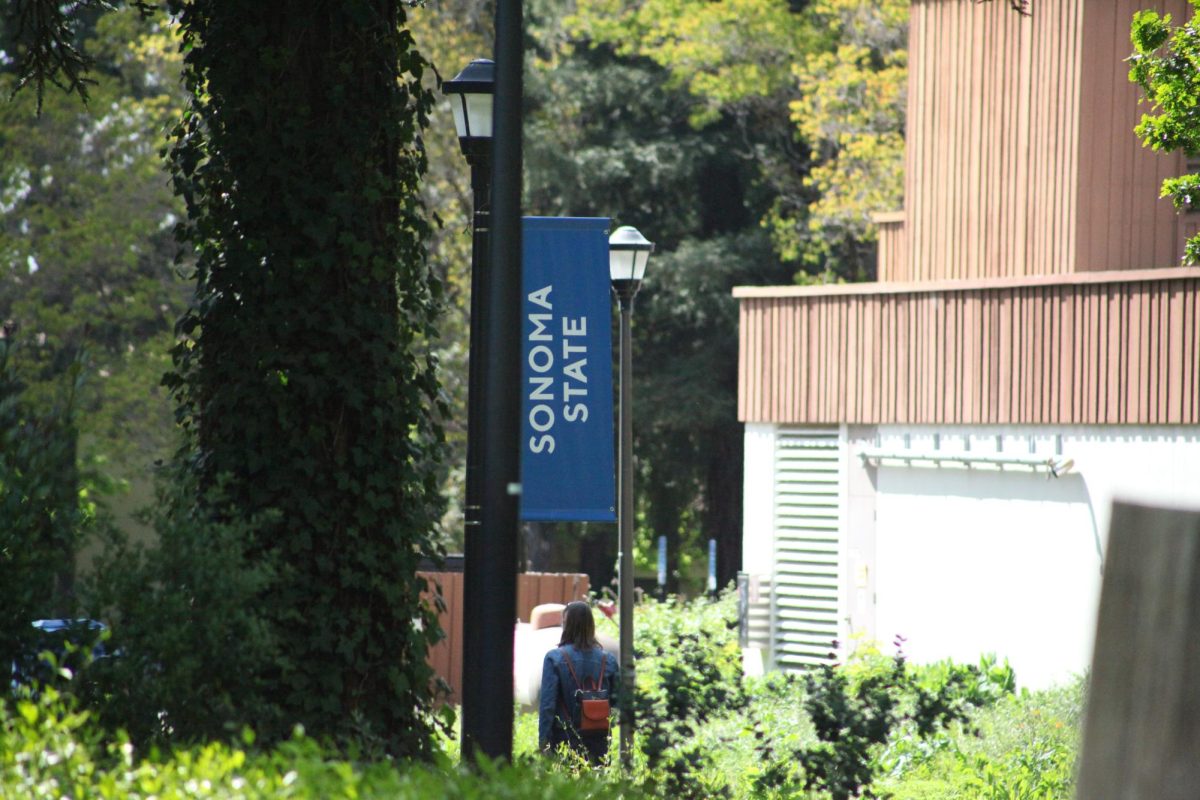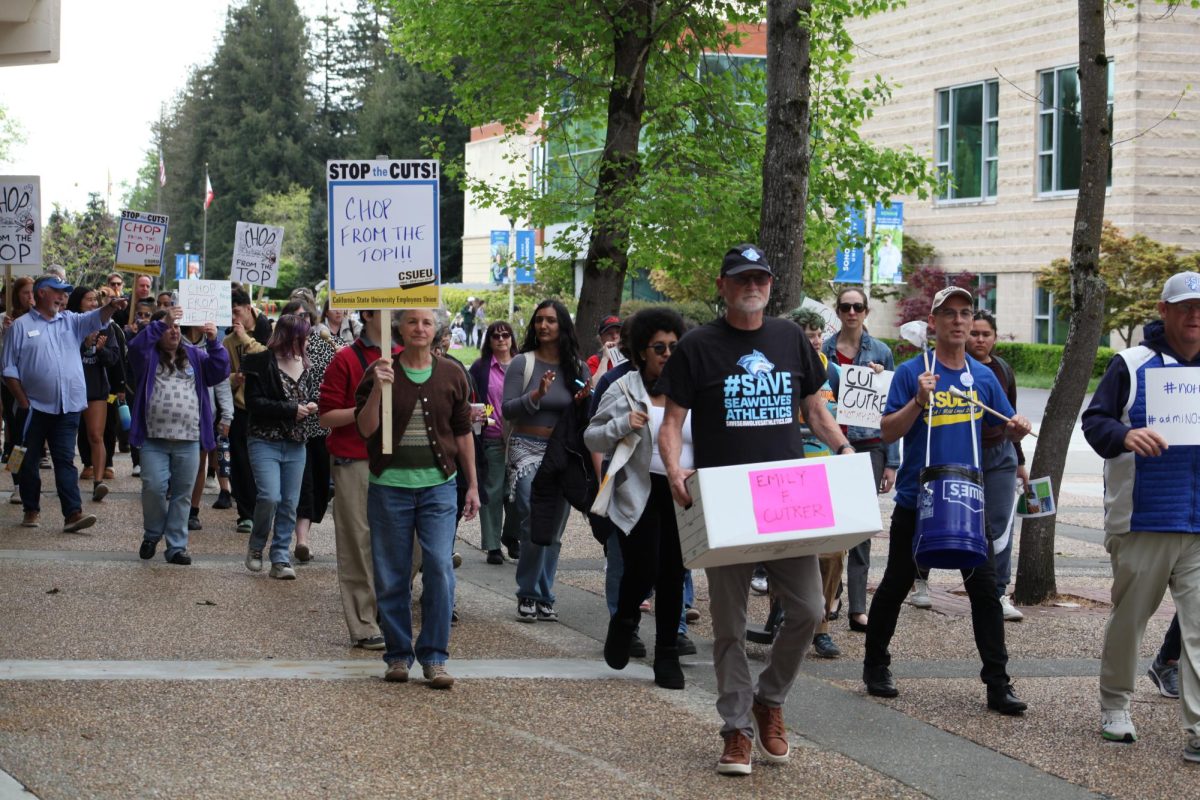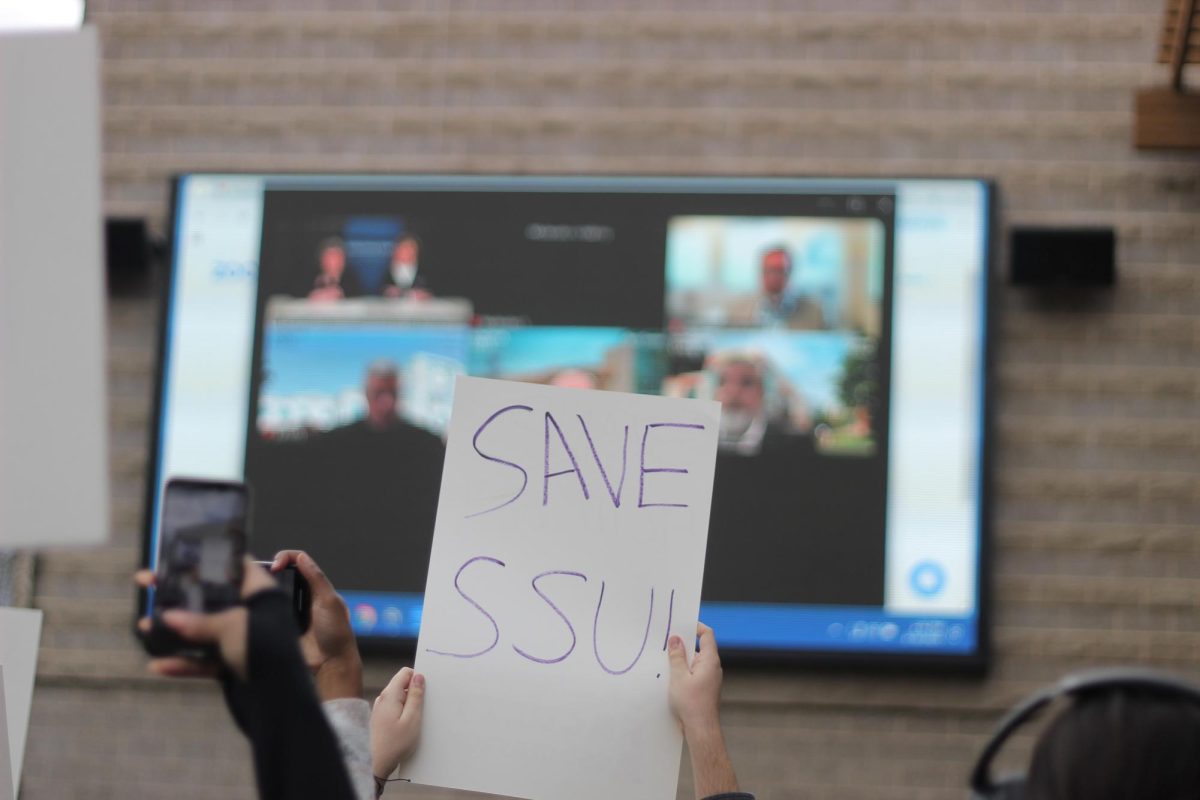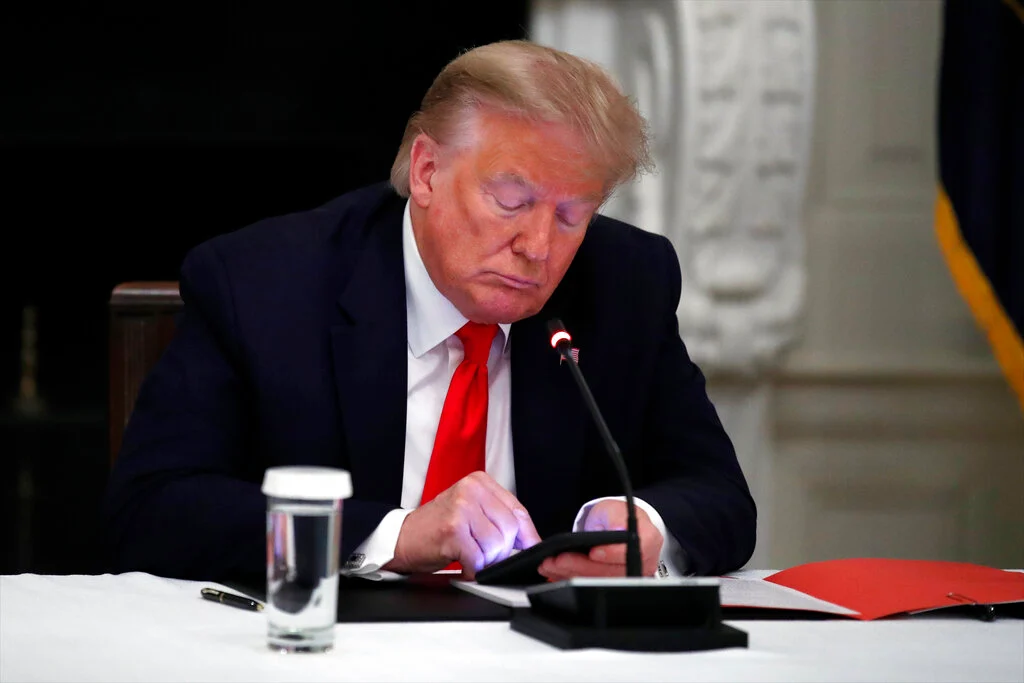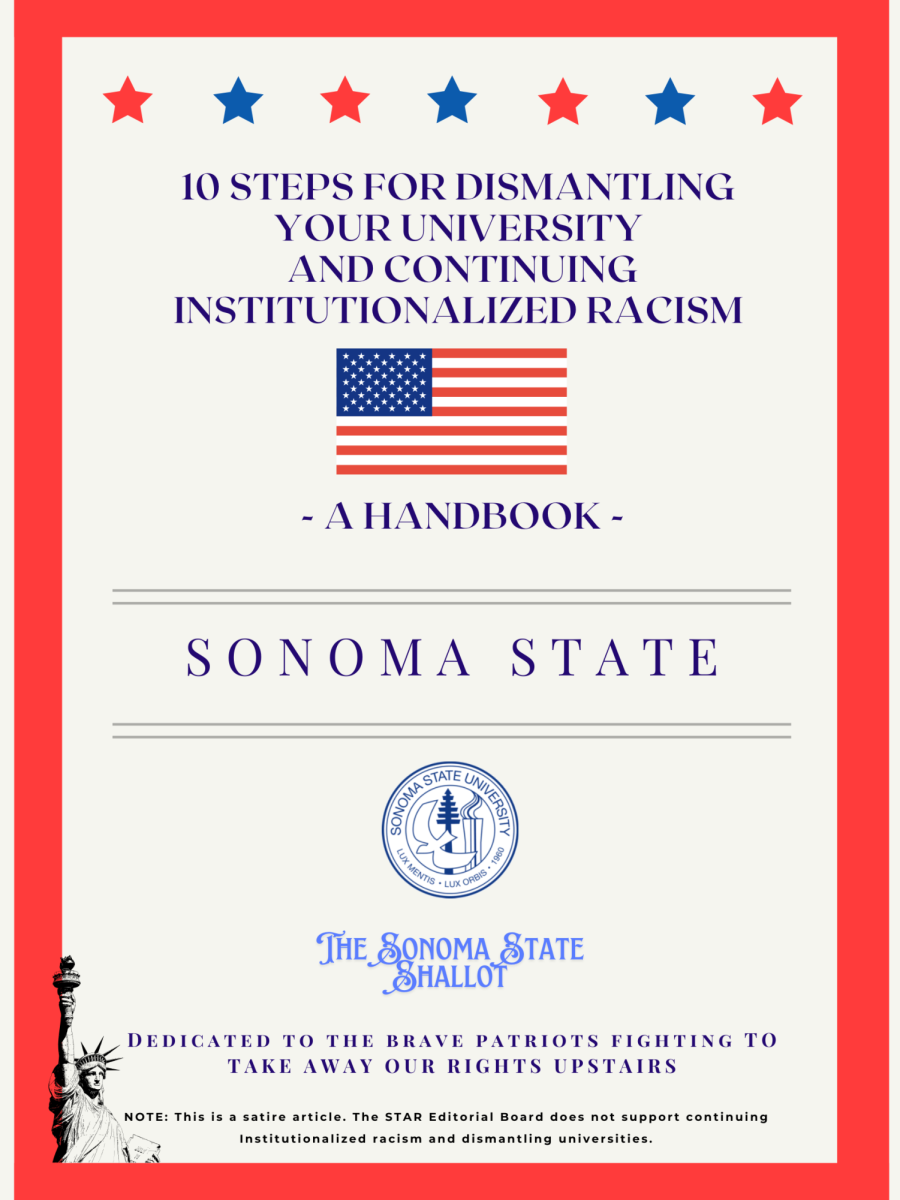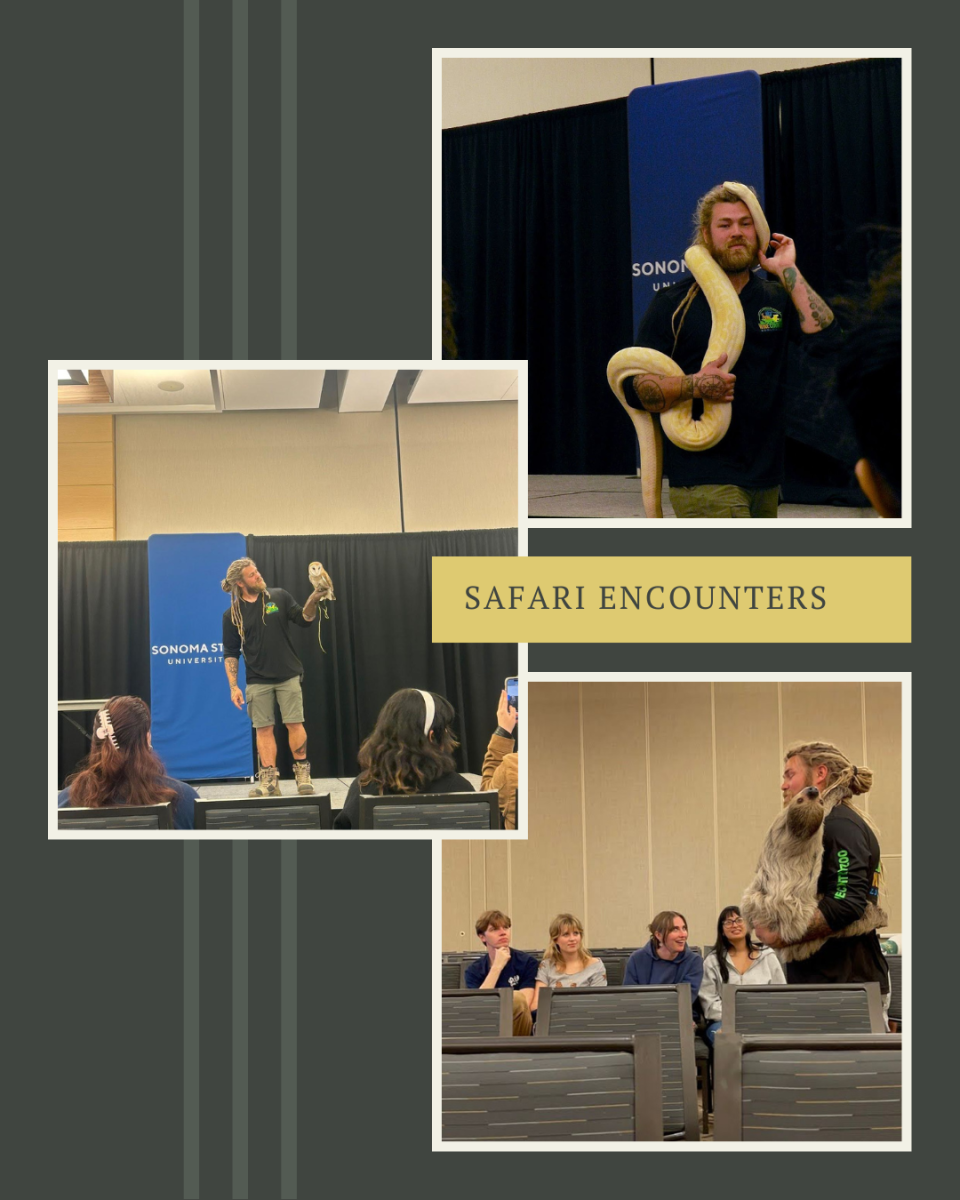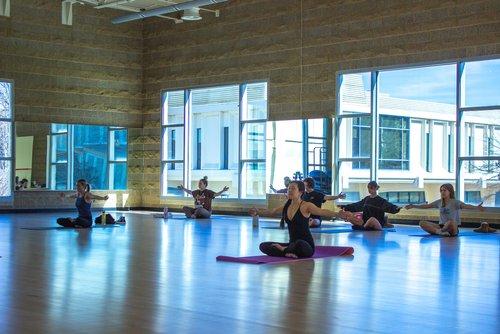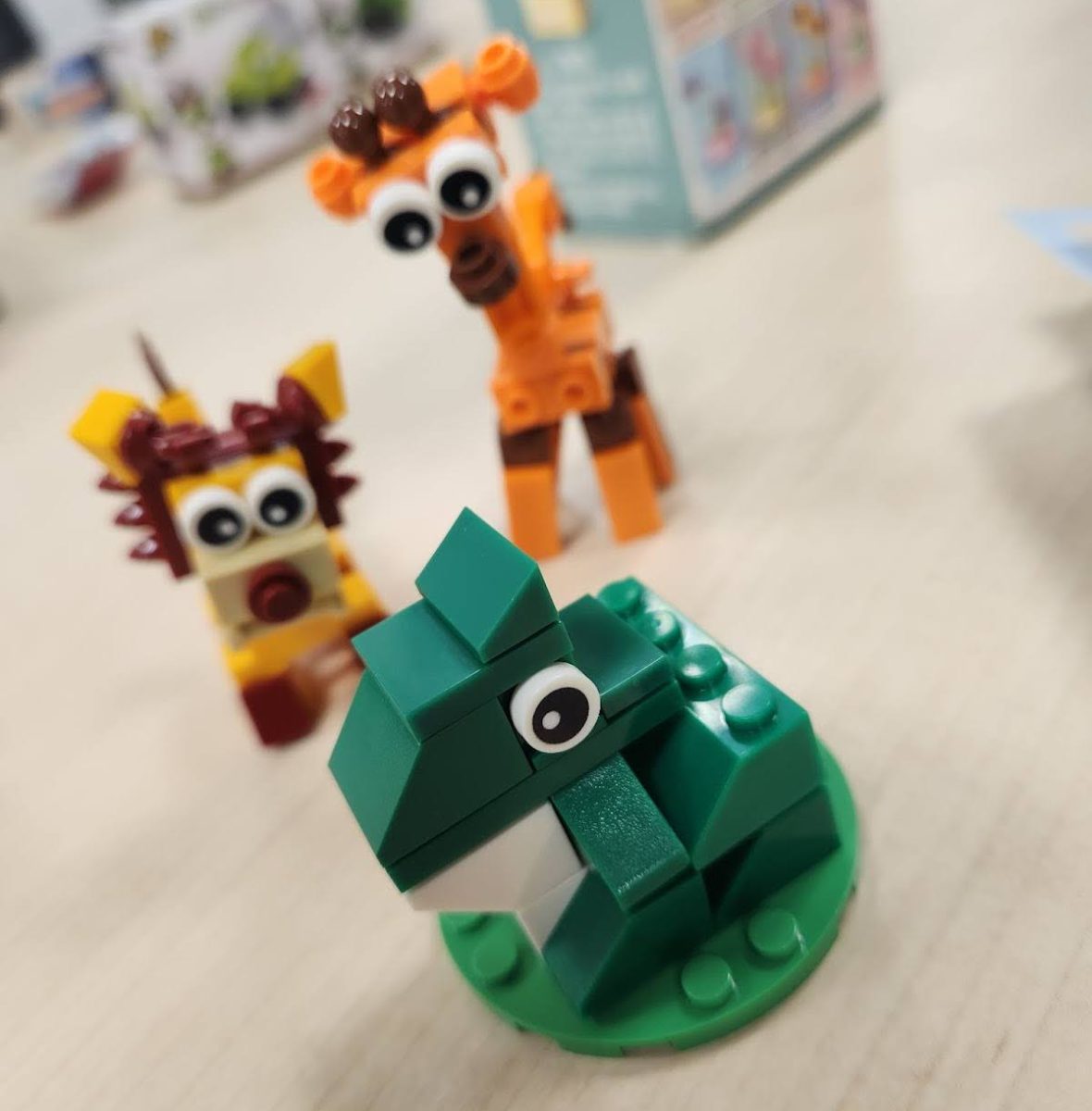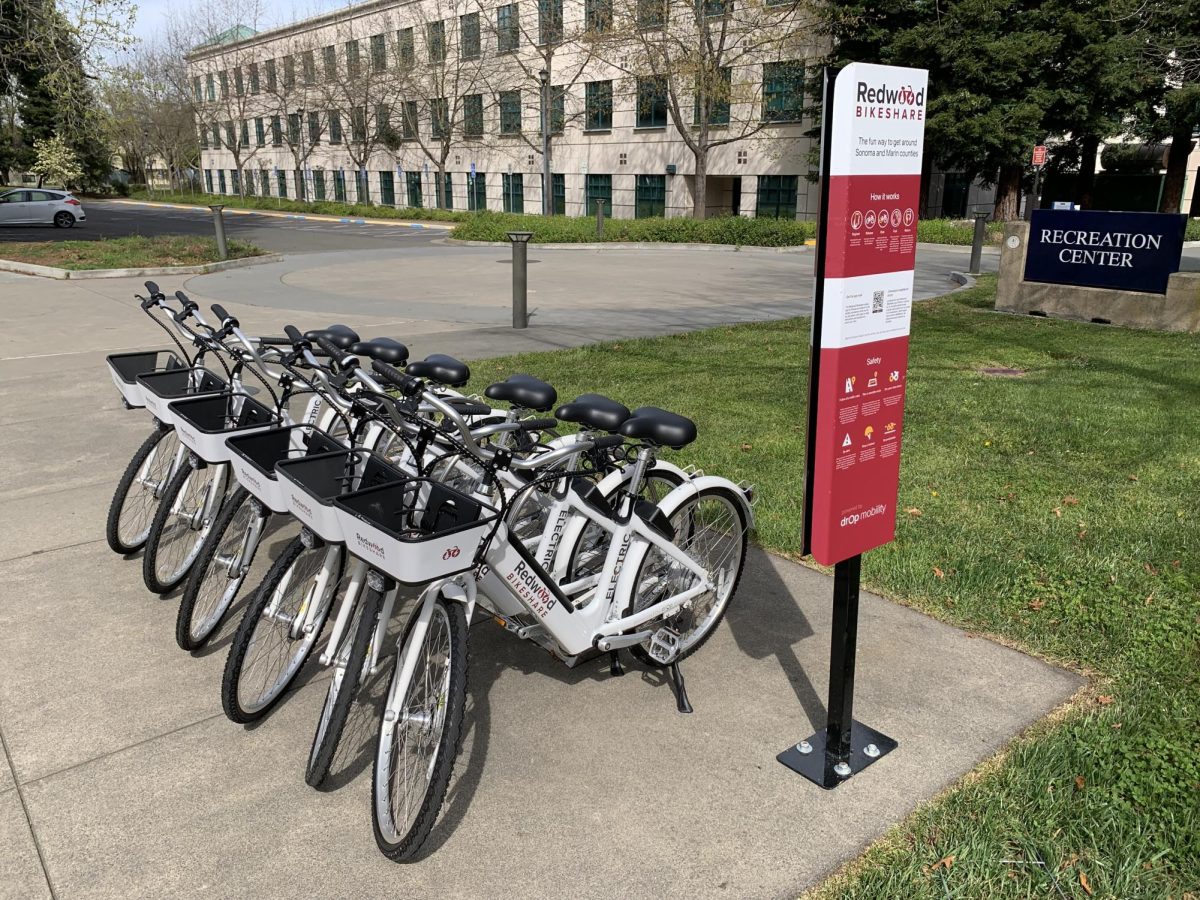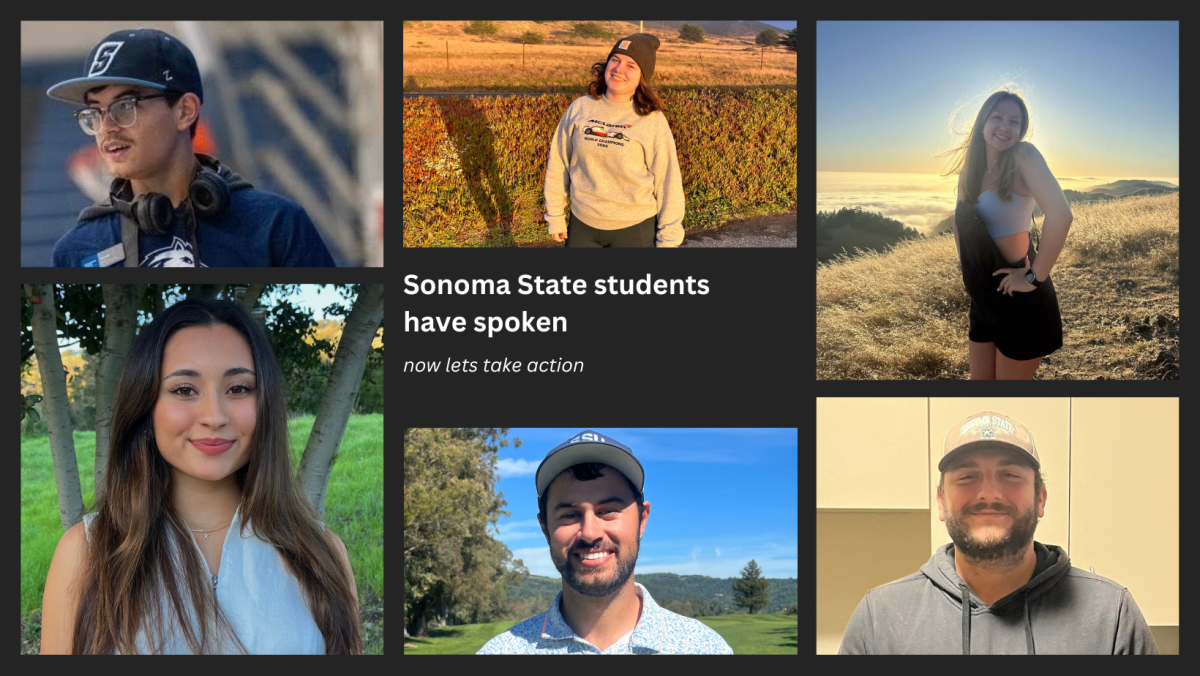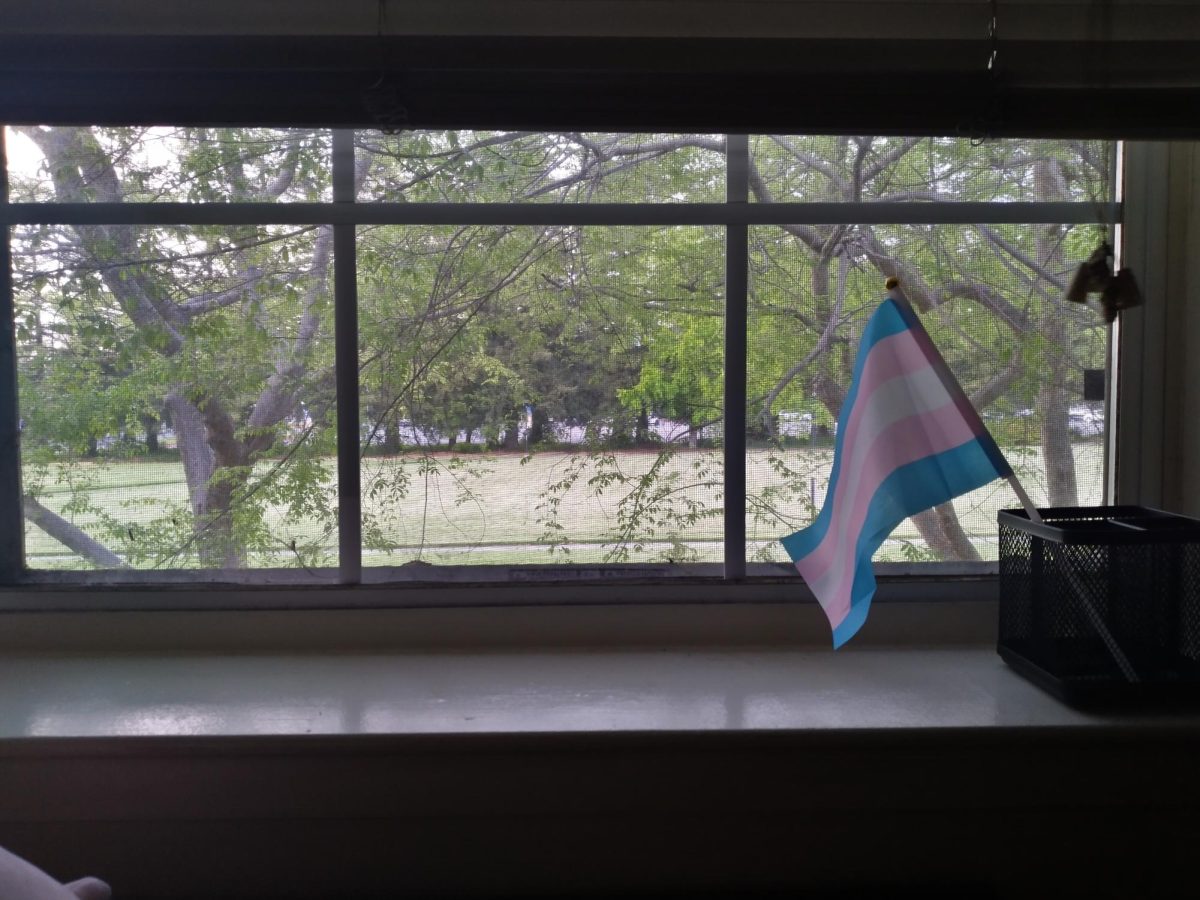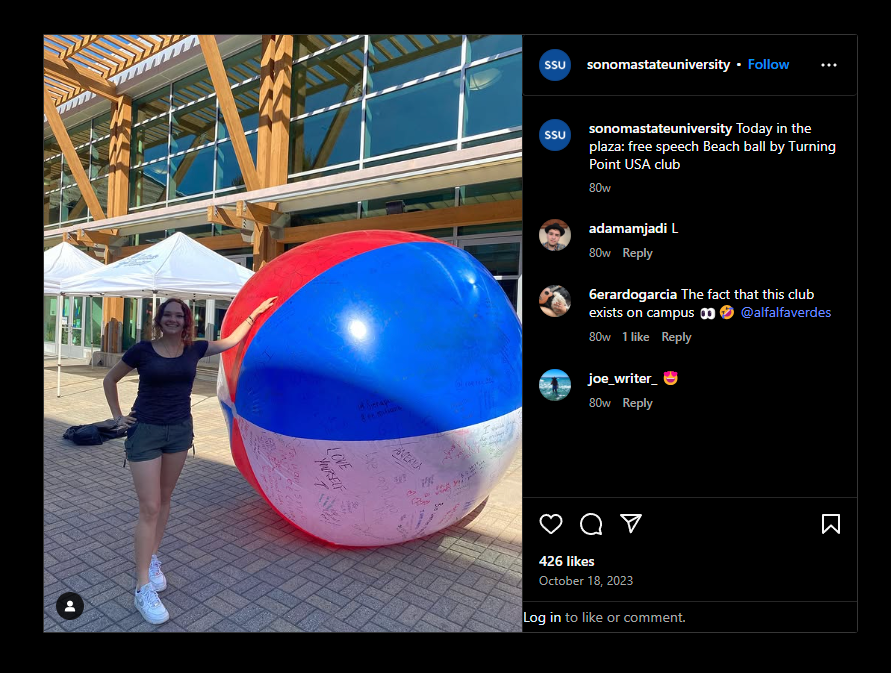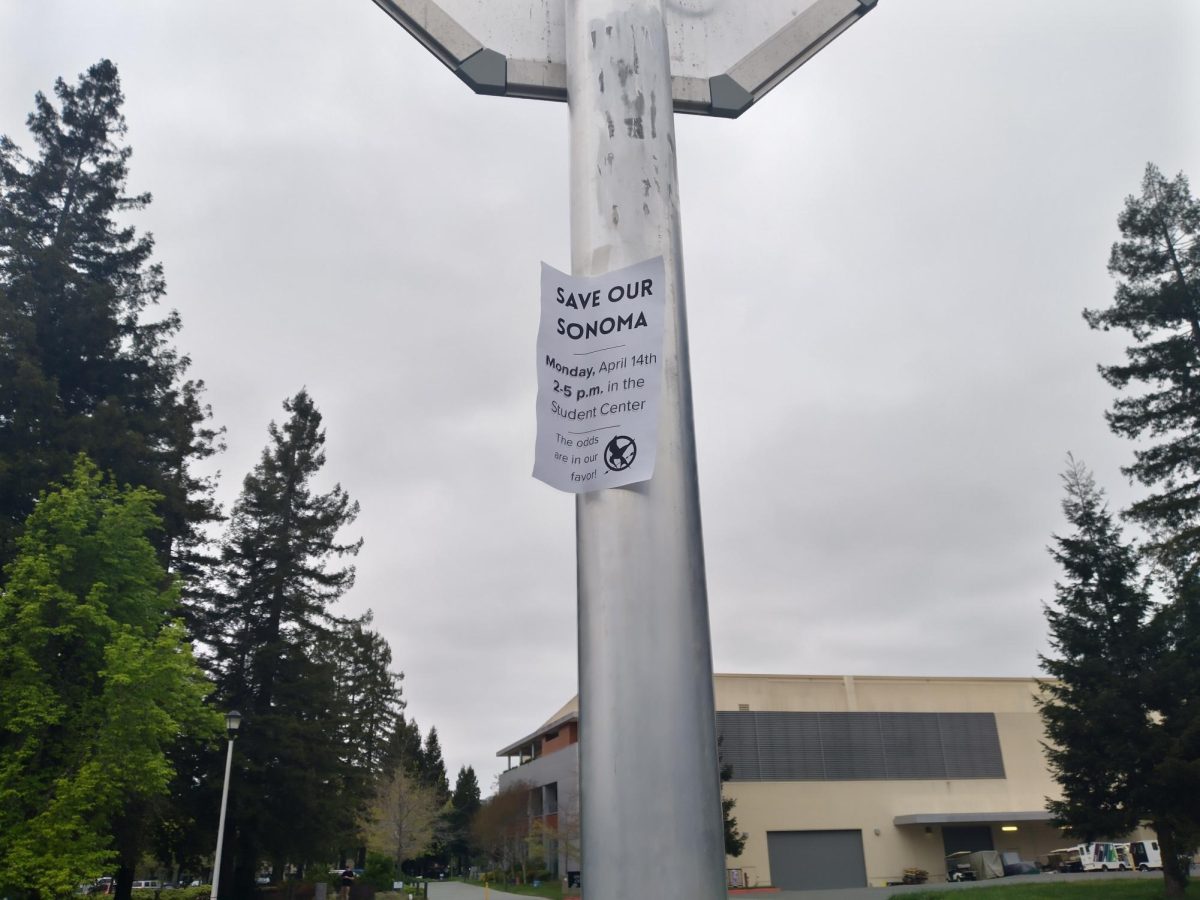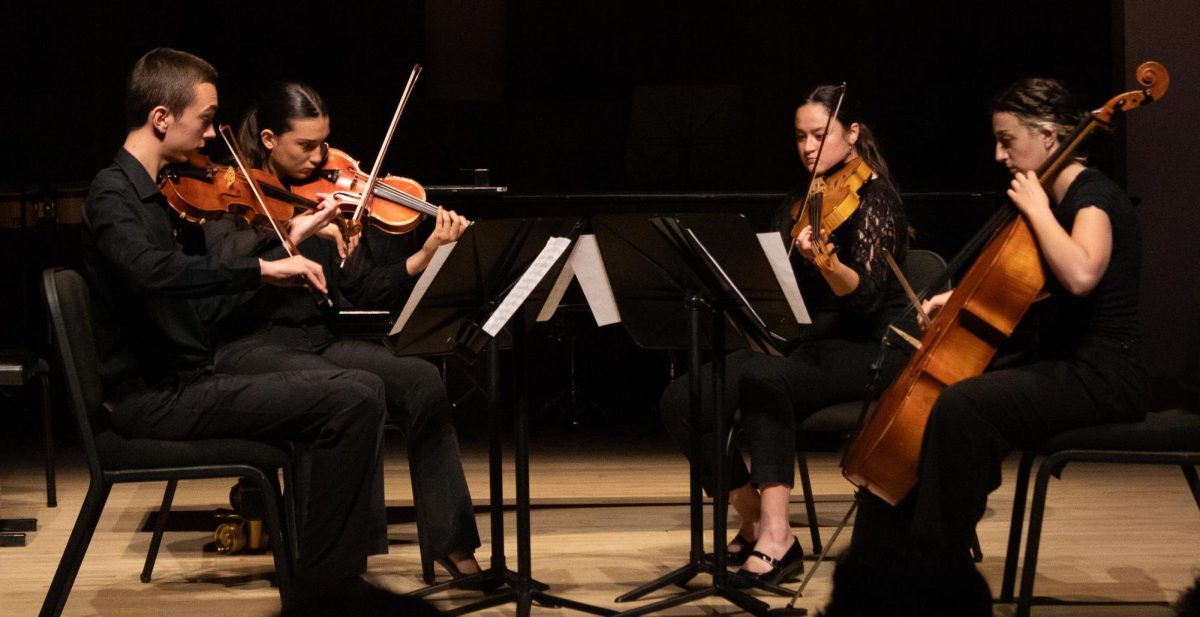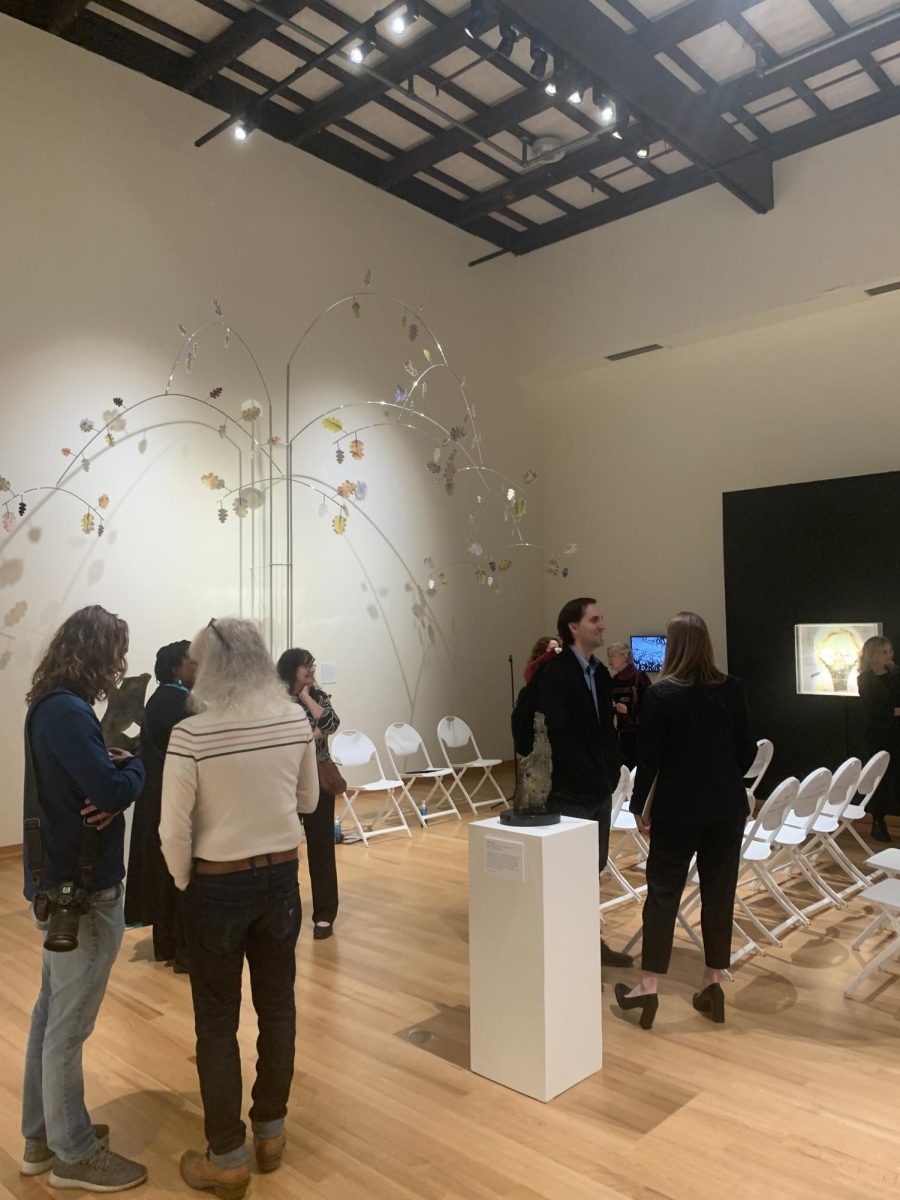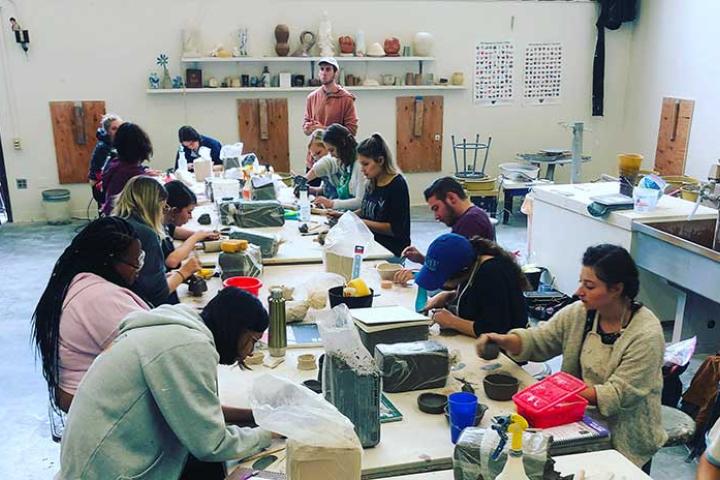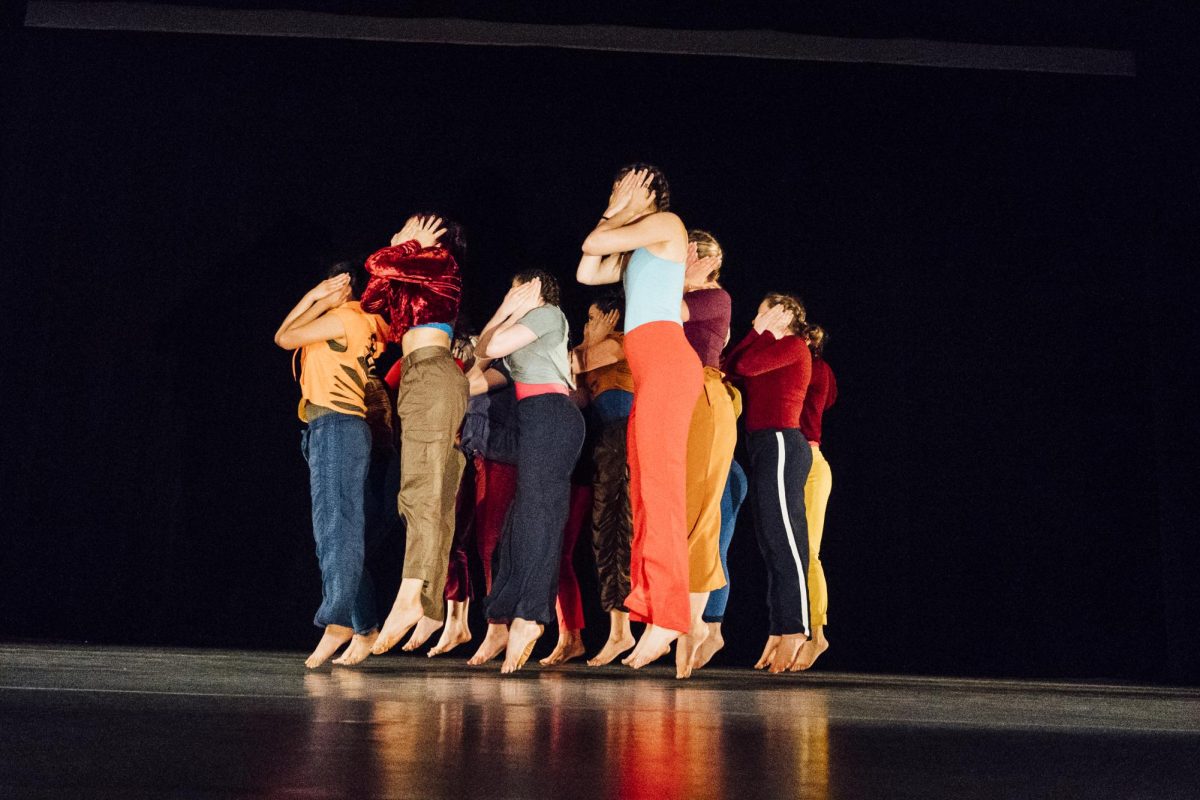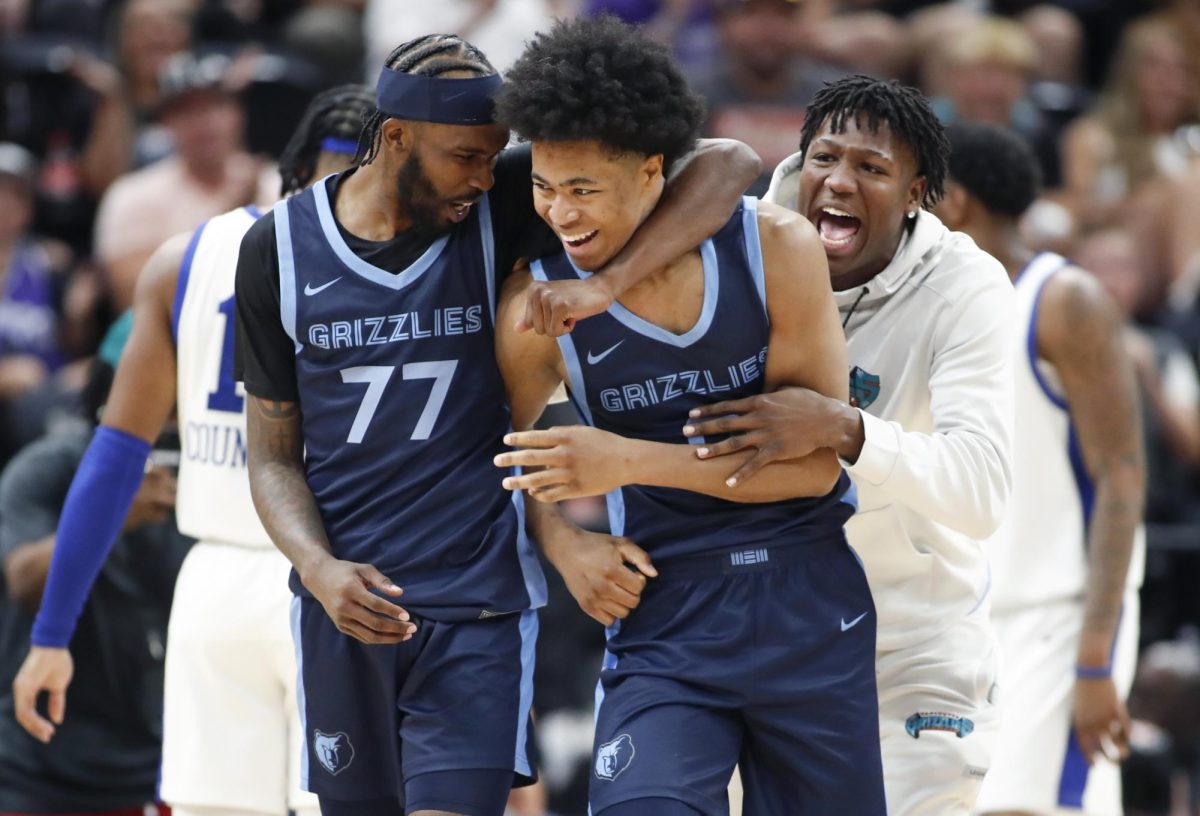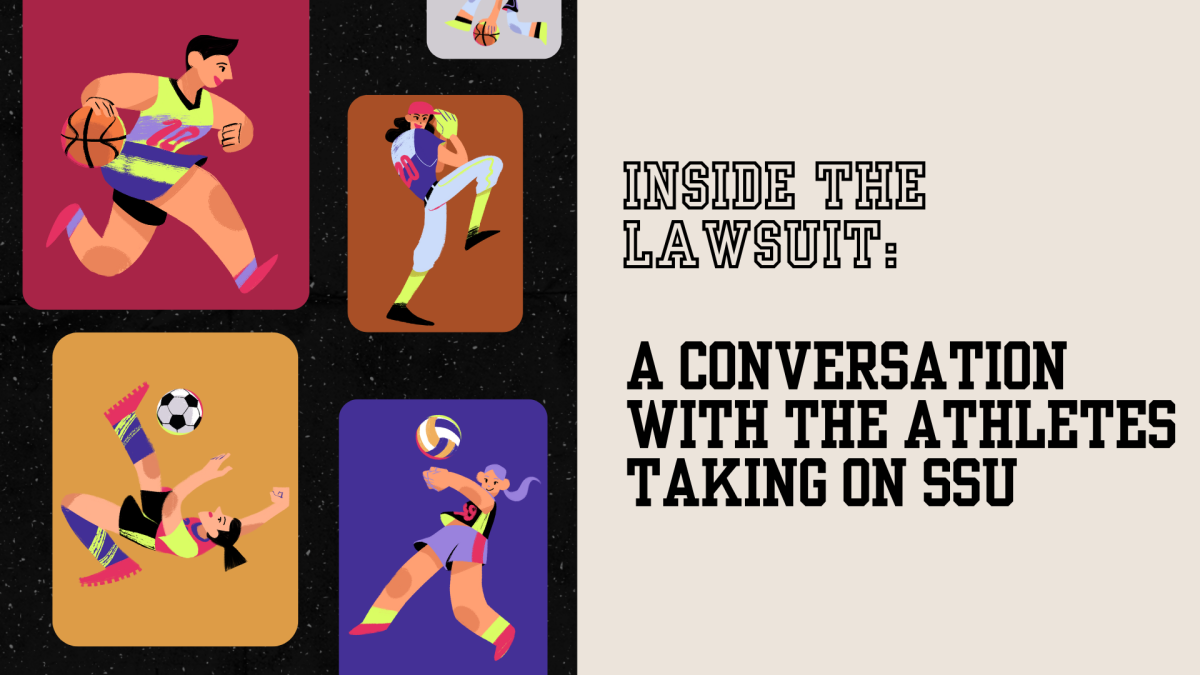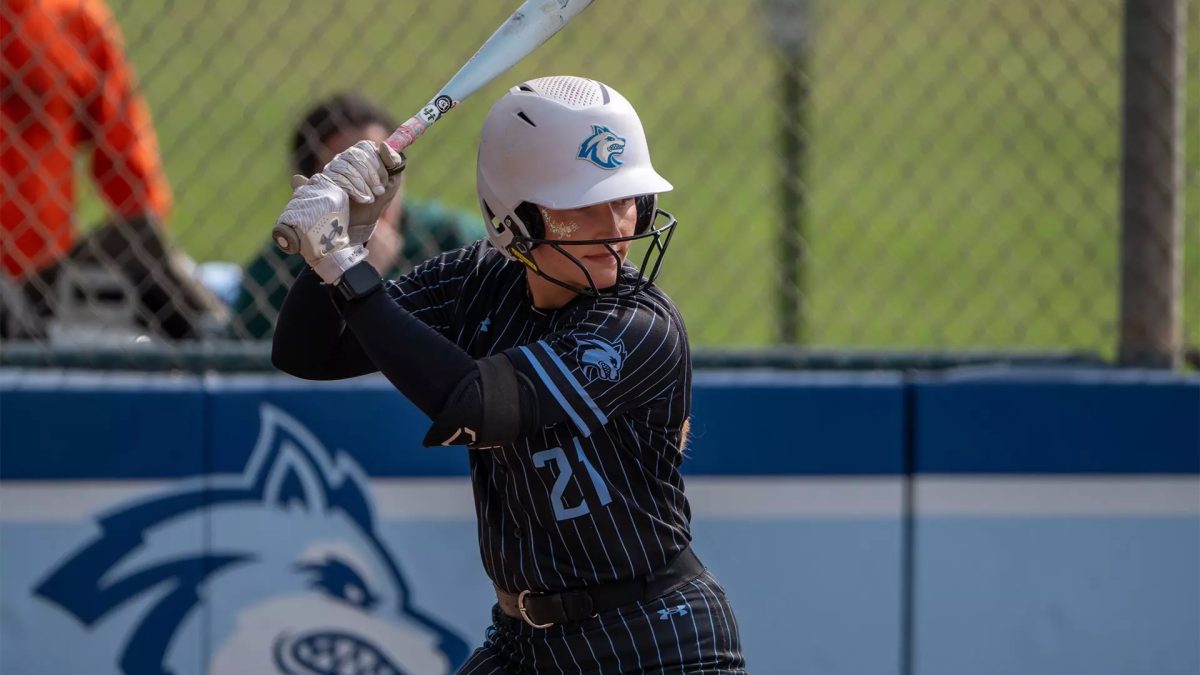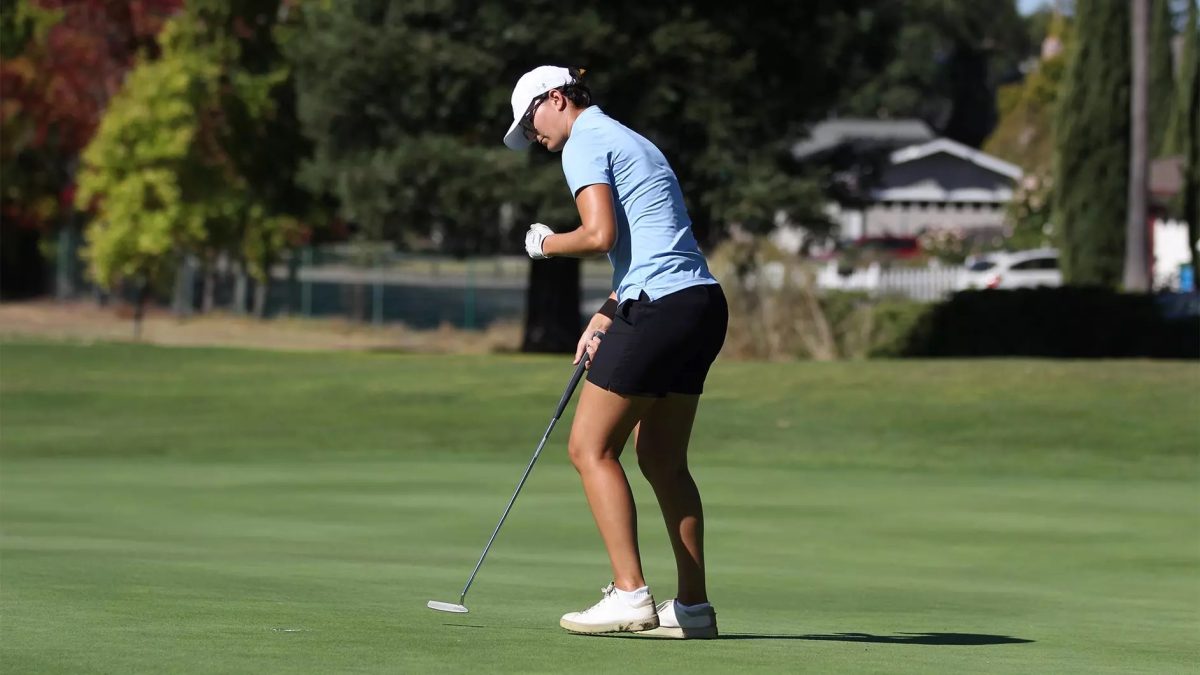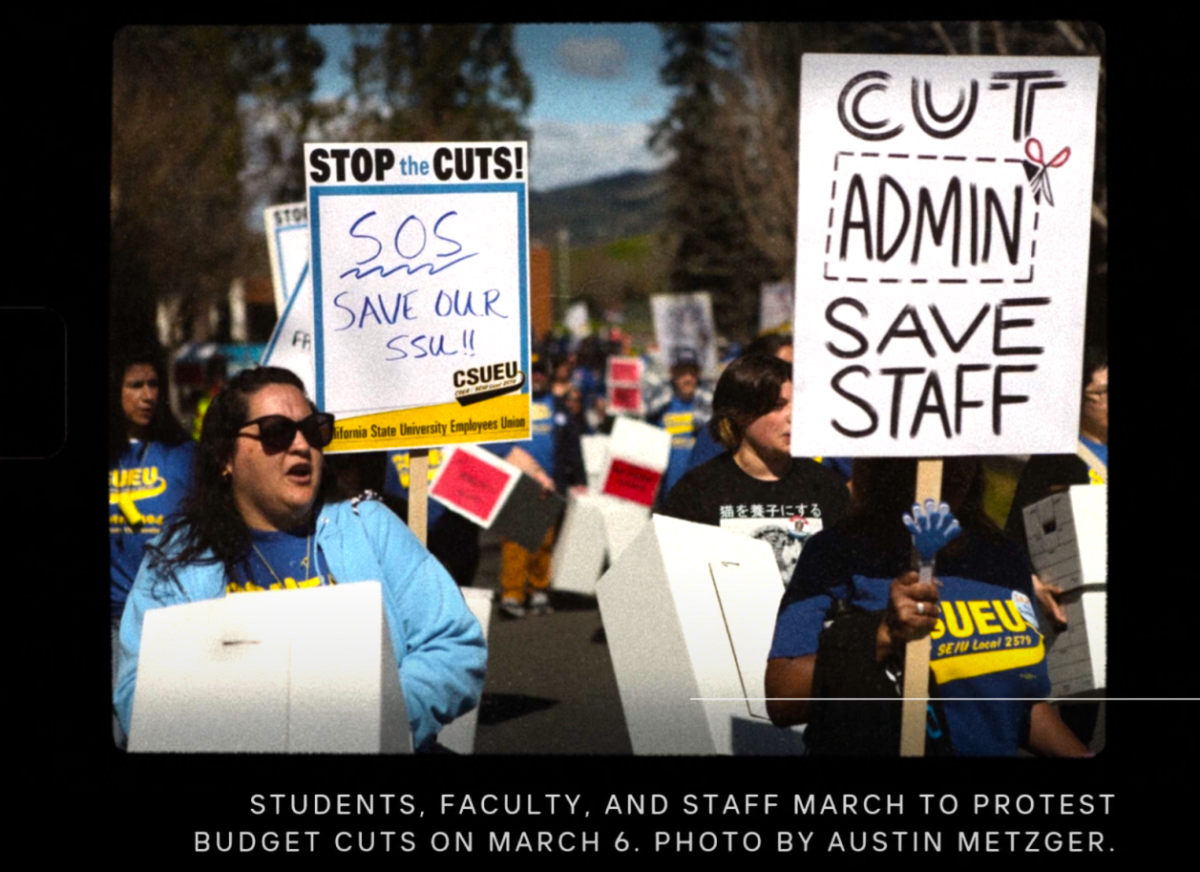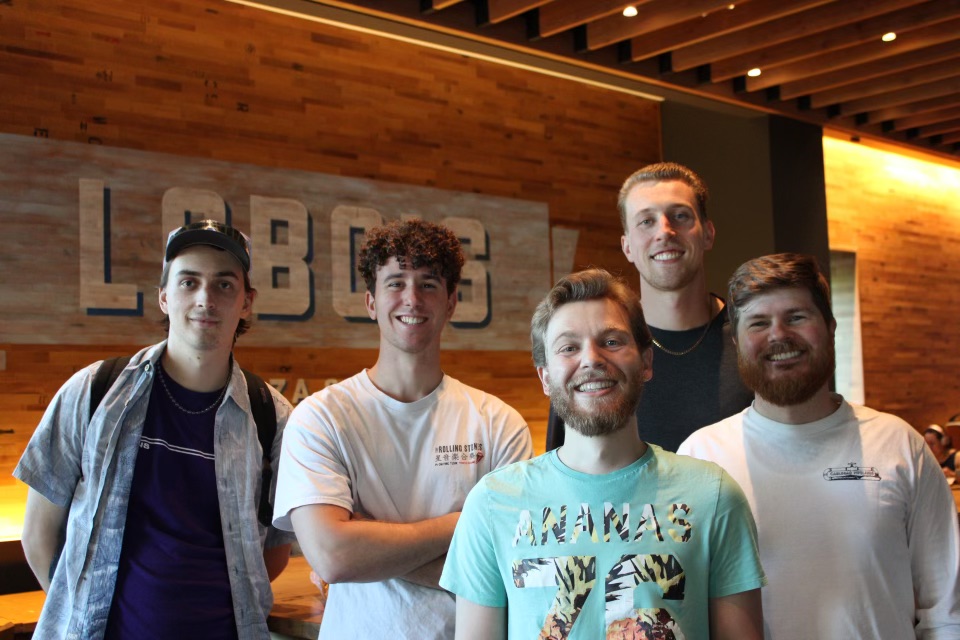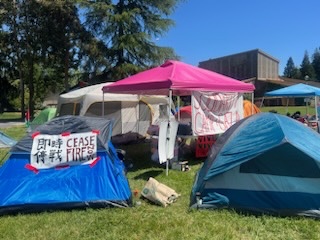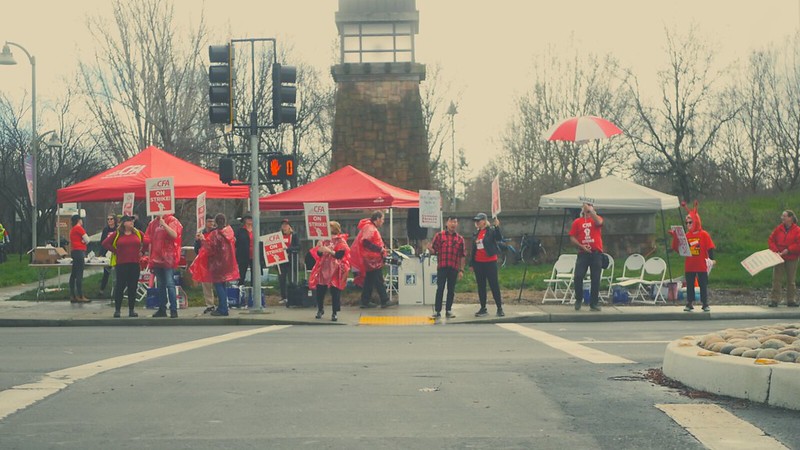With Associated Students elections just around the corner, the STAR invited each presidential and vice-presidential candidate to a staff meeting to interview them about their experience, qualifications and goals for office. Our intent of these interviews was so we could endorse one candidate for each position, particularly in light of the recent budgetary, academic and social issues that have plagued Sonoma State University –many of which both this publication and Associated Students Senate have dealt with.
President of Associated Students: “The President serves as the Chief Executive Officer of the Associated Students. This individual represents the Associated Students to the campus community and serves as a liaison to the President of the University.”
The contenders for this position, Executive Vice-President Anthony Gallino and Diversity Senator Bianca Zamora, are both exceptionally qualified, passionate and knowledgeable. Both have been on the Associated Students senate for a number of years and have participated in other on-campus organizations, giving them a wide view on the different voices and students this campus has. Both of the candidates’ strongest selling points is their experience, though each of their experiences were so incredibly different – a factor that could potentially make or break their chances for presidency.
Zamora has a broad range of experience through multifaceted leadership roles, all of which allowed her to work directly with many students throughout her time at Sonoma State. She said her involvement with the community allows her to speak solely for the students since “she has touched the lives of many students in different aspects,” which she said will allow her to increase student engagement and hold the university accountable for their actions.
Zamora has some key issues she wants to pursue as president, including making changes to the university’s signage policy, lightening restrictions on the university’s “monopolistic food policy,” and making the campus community more inclusive for its students. Pointing to the recent increase of AS senators’ monthly stipend as one of her accomplishments, Zamora told the STAR, “I don’t just talk the talk; I walk the walk.”
Zamora is a very driven and passionate candidate who clearly is running for president with some innovative and definitive changes in mind. She knows what she’s in for and she’s ready to take it on.
But in comparison to her opponent, Zamora’s governmental experience falls short.
Gallino served on university committees for his first two years at Sonoma State, then served as executive vice-president of the AS Senate for the following two. With hours of meetings with some of the highest-ranking officials under his belt, Gallino has developed relationships with administrators that “allow him to speak candidly” to them. He said this experience also allows him to forgo the adjustment period most executive officers need when starting out, such as learning the university’s structure, getting comfortable to speaking with administration, and understanding the university’s issues.
Like Zamora, Gallino wants students to become more engaged. One of Gallino’s goals as president is to establish teams of students to engage other students and constituents in order to find out about “unheard issues” and to educate on the university’s policies and government.
Both Zamora and Gallino bring excellent talent and experience to the table. Sonoma State University should be proud that two highly qualified, intelligent and motivated leaders are hoping to become the student body’s next representative.
When it comes down to it, however, Gallino is simply more experienced in the university’s government and administration. It’s not that Zamora couldn’t learn quickly – she already has a firm grasp on what students want and need, so learning the university’s structure would not be a difficult task. We strongly encourage anyone who is passionate about the social justice issues on Sonoma State’s campus to vote for Zamora.
But the STAR is sticking with Gallino. He has spent years developing relationships with administrators, he has dealt with the core issues of our university since he was a freshman, and his ideas for presidency are more realistic. Though many of his goals are more long-term and may start out small under his presidency, he said he’s not under the illusion he can make great, big changes in only 10 months – universities take time to change, and he’s perfectly willing to start that process. That mentality of strategic patience and diplomacy is exactly what Sonoma State needs if it wants to see tangible changes in the midst of this statewide budget crisis.
It’s too bad Zamora isn’t running for executive vice-president, because we strongly believe she and Gallino would make a great team.
Executive Vice-President of Associated Students: “The Executive Vice-President serves as the Corporate Secretary and is responsible for ensuring the organization maintains up to date records of its activities. Additionally, the Executive Vice-President is the chief student academic representative, attending and meeting with the Academic Senate and various academic related committees on campus.”
Gallino is a tough act to follow as executive vice-president. Illustrated by his extensive knowledge of the university and its issues, it’s clear that the role of EVP isn’t to be taken lightly. This candidate needs to have a solid and objective understanding of what needs to be done, have the experience to back it up, and be ready to run at full speed.
Arts and Humanities Senator Annie Green and Community Service Advisor Christian George, the candidates for EVP, have tied their running shoes and are ready to go. But we can’t endorse either of them with the same vigor as we did the presidential candidates – neither of them grabbed our attention or confidence as much as Gallino and Zamora did.
George is a candidate who has a very focused plan for students, with many ideas for them to become more engaged. His ambitious campaign slogan, “A four year degree at a four year university,” speaks to one of his tangible goals, such as improving class availability by increasing large lectures and making them count for credit. He promises to work tireless hours and to make this position his main focus if elected, but acknowledged one of his weaknesses is overstretching himself.
We certainly believe in and appreciate George’s enthusiasm, ideas and dedication, but we are doubtful he fully understands what he’s in for. His experience as CSA and president of Model U.N. probably serve as excellent insight into several different aspects of student life, but again – being EVP is a lot of responsibility. Whoever wins as president needs a partner who can guarantee they have the knowledge and understanding to keep up. George’s lack of governmental experience is a serious disadvantage.
So wouldn’t that make Green, who has served on the senate for the past year, the best choice for EVP? Perhaps by default, but we aren’t as confident in her, either.
It’s true that Green is more qualified due to her position on the senate. She also has some great goals for academics that would increase class availability, such as adding an extra unit to impacted three-unit GE classes and merging majors so they are cross disciplinary. Many of her ideas she plans to implement as EVP are a continuation of the projects she worked on as senator.
But from our understanding, Green’s expertise and ideas focus mainly on students from the School of Arts and Humanities. The examples she gave of her priorities – such as putting student art in the Student Center or creating a center for art classes – wouldn’t necessarily appeal to students of other schools.
We think Green may be better suited for the position she holds now, because clearly Arts and Humanities is what she knows best. But given the choice between Green and George, we choose Green – primarily because her AS experience overshadows her opponent’s, leading us to believe she is better equipped to handle what’s to come.
Don’t want to take our word for it? Attend the Executive Vice-President Debate on Wednesday and the Presidential Debate on Thursday, both in Ballroom A at noon. Don’t forget to vote next Monday and Tuesday – check your Seawolf e-mail for instructions. For more information, visit https://www.sonoma.edu/as/government/

